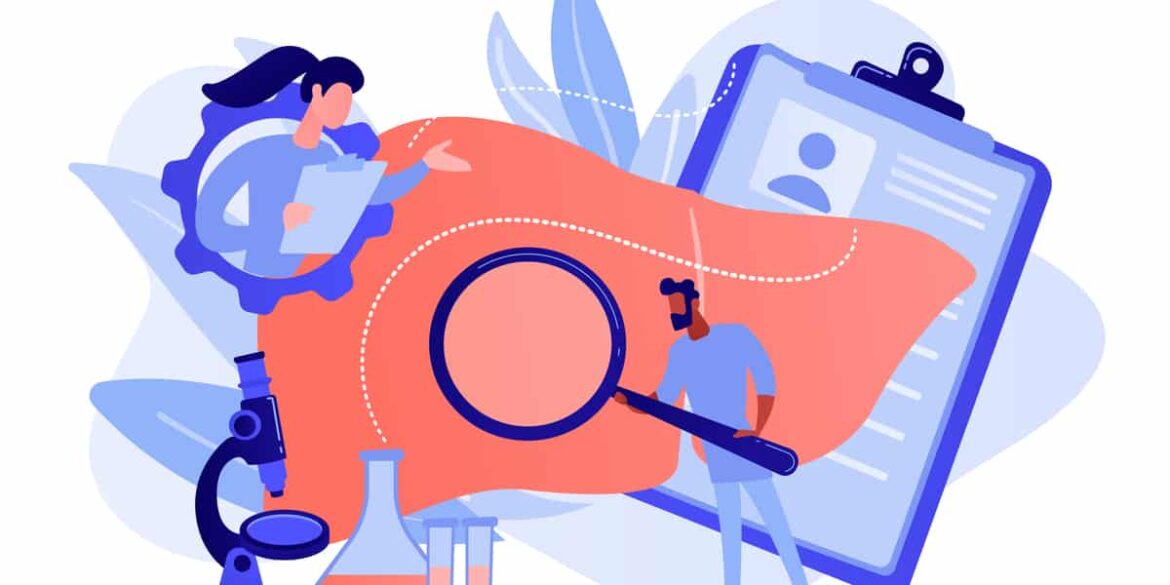Effects Of Alcoholic Liver Disease And Its Symptoms
Alcoholic liver disease is most common in those who have consumed a large amount of alcohol over a long period of time. Drinking a lot of alcohol might cause saturated fats to accumulate in the liver. Excessive drinking over a short timeframe, even less than a week, can sometimes produce this. There are usually no indications alcoholic liver disease symptoms, and this episode of the disease is frequently reversible if the sufferer refrains from drinking alcohol from this moment forward.
Scar tissue is involved in the consequences of liver cirrhosis that develop from extensive liver injury. Scar tissue can impede blood flow through your liver while also raising pressure in a key blood artery (portal vein) and allowing toxins to accumulate.
When blood cannot flow freely via the portal vein, it might back up into other blood arteries in the stomach and oesophagus. These blood arteries have weak walls and are prone to bleeding if overburdened. Excessive bleeding in the upper stomach or oesophagus is potentially fatal and necessitates rapid medical attention.
Fluid that collects in the abdomen may become infected and necessitate antibiotic therapy. Abdominal swelling is not a pleasure condition, but it is a symptom of severe alcoholic hepatitis or cirrhosis. Toxins are difficult to remove from your body when your liver is damaged. Toxin accumulation can harm your brain. Coma can arise from severe hepatic encephalopathy. A weakened liver can impair blood circulation to the kidneys, causing harm to those organs.
If a person identifies with liver cirrhosis at any stage, it is strongly advised that they never drink again. Any symptoms that have reverted will usually reappear once drinking resumes.
Only individuals who can demonstrate at least for some time of alcohol abstinence prior to the procedure, as well as those with additional body functions that are functional enough to withstand surgery, will be accepted for transplantation.

